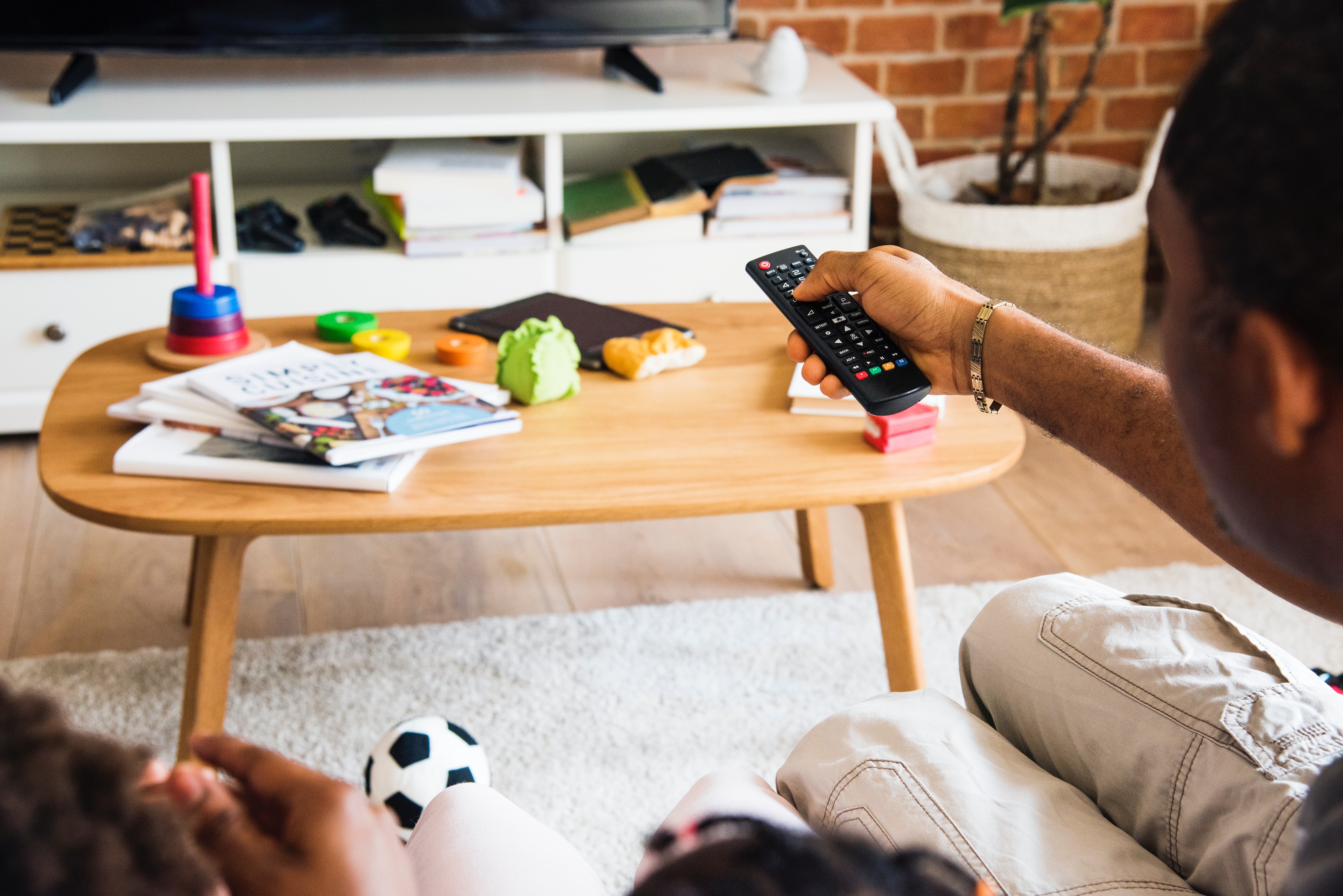

It’s not as absurd as you might think. Stop and think about it for just one minute.
As the price of advertising on Google and Facebook continues to rise, it seems like the smartest bet for many brands may be to shift their spend back to traditional advertising like television, radio and print. Does that no seem pretty obvious? All brands need to rethink their strategy for television, radio, newspapers, magazines and beyond. Apparently, the most sophisticated direct-to-consumer brands are already toiling away at this strategy. Look no further than the article from DigiDay titled, DTC brands are running into TV advertising’s legacy limitations. The article is hyper focused on the winning business model that is the direct to consumer revolution. Where are these brands getting the most impact for their marketing dollars? Consider this: The majority of their advertising is direct response, and the biggest digital platforms are suddenly too expensive for customer acquisition. With that, DTC brands seem to be retreating to places like television. What are the results? As we all know, late at night (when the opportunities arise) television (and radio and print media) are suddenly in need of advertising dollars like never before, so the price is becoming more affordable (at least worthy of a test or two). Once the content of the ad is created, the brands can still leverage it in digital channels later down the line. They can use the ads on YouTube, validate the creative by running small tests online, and push for more word-of-mouth and social media exposure. They can place these ads on television, and then chop them up for places like YouTube or other online publishers capable of running video.
It’s a strange twist of fate that could lead to a traditional media resurgence.
“DTC hair-care brand Function of Beauty has yet to buy TV ads, but the company expects that to change and to see Facebook’s share of its ad budget fall to no longer account for the majority of its spending, said the company’s chief revenue officer Luke Weston. The company’s interest in TV is complicated by the question of how much it would need to spend for the format to be effective. ‘We might do testing and spend $100,000 in a month and find that didn’t lead to an amazing [customer acquisition cost] for us, where if we spent a million dollars, it might have,’ said Weston. Function of Beauty generates more than $3 million in revenue per month and is profitable, yet it doesn’t consider itself big enough to compete for TV inventory against large advertisers willing to spend $10 million on a campaign. ‘If you look at the DTC universe, how many of those brands have the money that a large CPG player would spend on a brand?’ said Weston.”
What happens when Facebook and Google become too expensive for advertisers?
In a duopoly digital advertising world, if advertising rates continue to rise like this – and Facebook and Google become untenable for many brands – this might just push advertisers back to the places that we thought had long been forgotten, too expensive for smaller brands or on the downswing. That smells like opportunity, if the networks, publishers and radio broadcasters can get smart enough to re-think their current pricing model, open this up beyond the current media agencies that have exclusive relationships, and provide more programatic-like technology to both automate and to allow these brands to test creative more. All DTC brands are really looking for is better conversion and a lower cost per acquisition. There is no allure for mass media appeal or eyeballs. These brands just need to speak to the right amount of the right customers. Nobody (including the digital media pundits) can sit here and claim that television viewership or radio listenership is so small that the customers are no longer watching, reading, listening and paying attention. In what could be the most ironic moment in the history of advertising, if the traditional channels can seize this opportunity, this could well be the burgeoning advertising space for these DTC brands. Traditional publishers need to get smart fast and start cutting deals. Rates need to be dropped, the purchasing process needs to be modernized (data will play a critical function), and it has to be presented to the brands in a compelling way that is super competitive to the growing prices and complexity of Google and Facebook. It was once thought that digital could destroy these traditional media companies. It was (and still is) all about advertising dollars. Those dollars could flow in a different direction, and this is happening only because Google and Facebook are successful, and became so efficient that the cost is now becoming the new brand challenge.
What a time to be alive.
Is there one link, story, picture or thought that you saw online this week that…
My brain is broken. I realized this a few months back.In trying to be informed…
Episode #976 of Six Pixels of Separation - The ThinkersOne Podcast is now live and…
Welcome to episode #976 of Six Pixels of Separation - The ThinkersOne Podcast. Jennifer Moss…
Is there one link, story, picture or thought that you saw online this week that…
Digital advertising boasts jaw-dropping numbers, with trillions of impressions annually. With about 5 billion internet…
This website uses cookies.